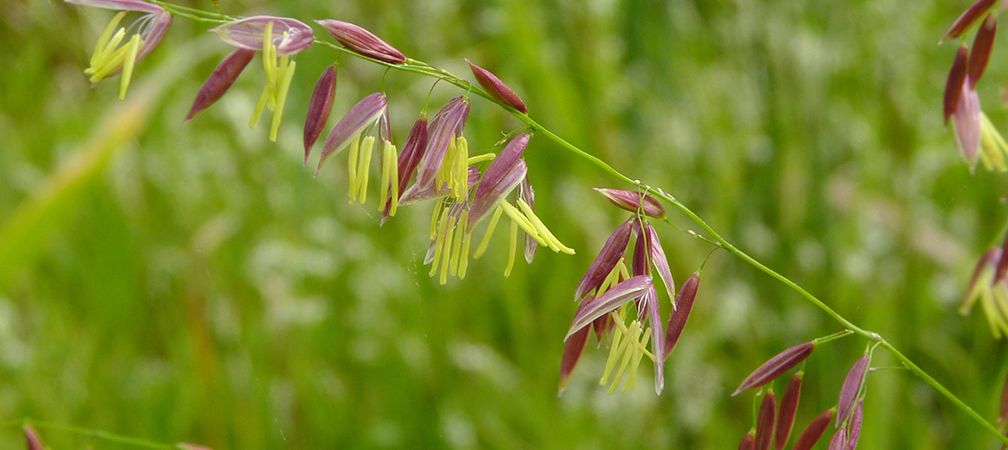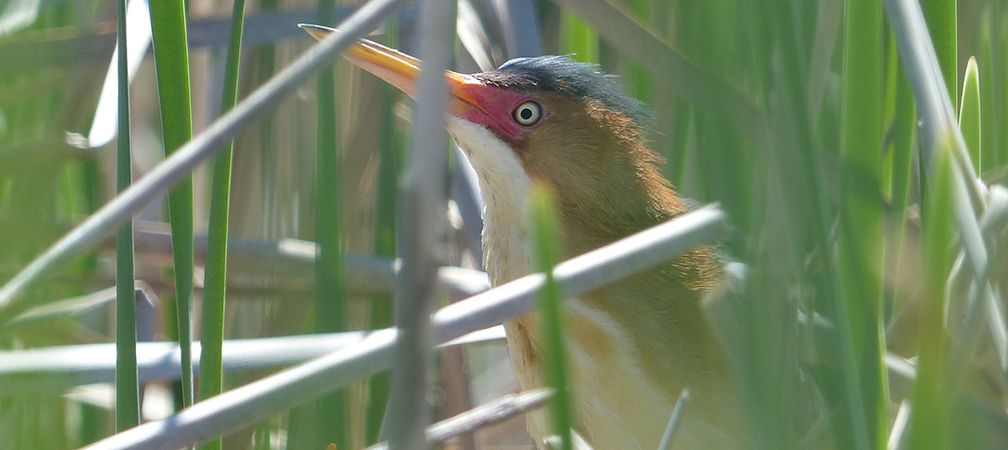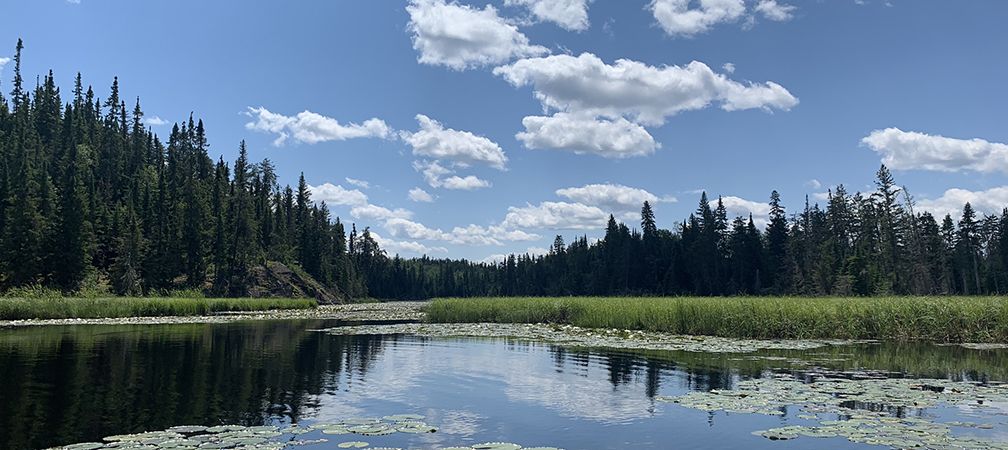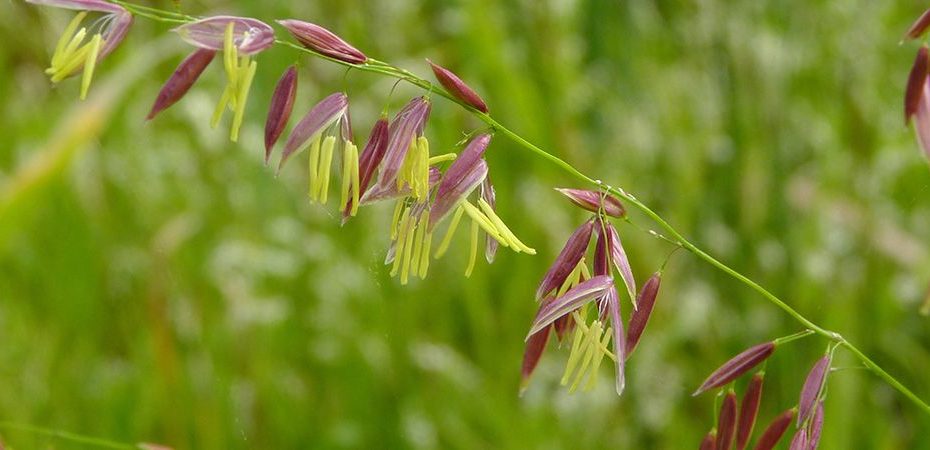By now you’ve probably noticed our provincial government has been taking a thorough, bit-by-bit approach to dismantling our environmental laws and policies. This makes the environmental challenges we are facing seem like pieces of an unsolvable puzzle.
Of course, this is not the case. Indigenous Knowledge teaches us that every piece of the puzzle is connected – including the ones we’ve seen come up again and again. These include the importance of Indigenous rights, wetlands, protecting critical habitat for wildlife and species at risk, and more sustainable industrial practices.
In July of 2022, I visited a place worth protecting: the Nabish Wetland Complex – a Provincially Significant Wetland (PSW) near Dryden in northwestern Ontario. I joined Darlene Salter, a local naturalist and bird expert, to conduct bird surveys for the third Ontario Breeding Bird Atlas.
Let me tell you how this special area connects the puzzle, and why it is important that it be protected from industrial logging and worrisome policy changes.

Protecting Indigenous Rights
The Nabish Wetland Complex is a culturally significant area within the territory of Migisi Sahgaigan First Nation. Indigenous peoples have the right to practice traditional hunting and gathering on their territories. Threats to the Nabish wetland may also affect the wild rice, and in turn, Indigenous rights.
“Nabish Lake is a unique marshy lake fed by five major streams. Water from the Nabish wetlands eventually reaches Rice Bay, Eagle Lake through the only outlet, Rice River. Rice River derives its name from the wild rice (Zizania palustris)”
– Darlene Salter

Wetlands
Wetlands are invaluable for many reasons, including providing habitat for a diversity of species and flood mitigation.
The passing of Bill 23, along with the overhaul of the Ontario Wetland Evaluation System, pose significant threats to all wetlands in Ontario, especially PSW like the Nabish Wetland Complex. With these changes, it is possible that PSWs like Nabish could lose their designations and protections.

Protecting Critical Habitats
The swamps, fens, and surrounding coniferous forests of Nabish provide birds with habitat for staging, nesting, sheltering and feeding. Darlene has been surveying birds in this area for more than two decades
“In addition to Black Tern nests, since 2001, I have confirmed breeding in the Nabish Cattail Marsh for many wetland species including least bittern, American bittern, Virginia rail, Sora rail, trumpeter swan, red-necked grebe, pied-billed grebe, common loon, common snipe, sedge wren and marsh wren.” – Darlene Salter

Sustainable Industrial Practices
Industrial logging is present around the Nabish wetland in the Forest Stewardship Council (FSC) certified Wabigoon Forest. Although this may pose a threat to the wetland, it also provides an opportunity for protection.
Forestry companies who manage FSC-certified forests must work within their sphere of influence to ensure at least 10 percent of the forest is protected. Setting aside the Nabish Wetland Complex for protection would add an area with high conservation values to the required FSC designated conservation lands.

The Nabish Wetland Complex serves as a reminder that everything is connected. We must work to ensure places like Nabish are permanently protected.
To learn more about our work with FSC, visit our Climate Solutions webpage, and don’t forget to visit our Story Map where you can read about other candidate protected areas.
